The Discovery
Christopher Columbus noticed the American Indians sniffing a mysterious powder during his second voyage of discovery in 1494. He brought it home to Europe. It fast became the vogue among the Spanish and the French, although it only gained limited acceptance in England until Charles II returned from exile in France a confirmed snuff fan.
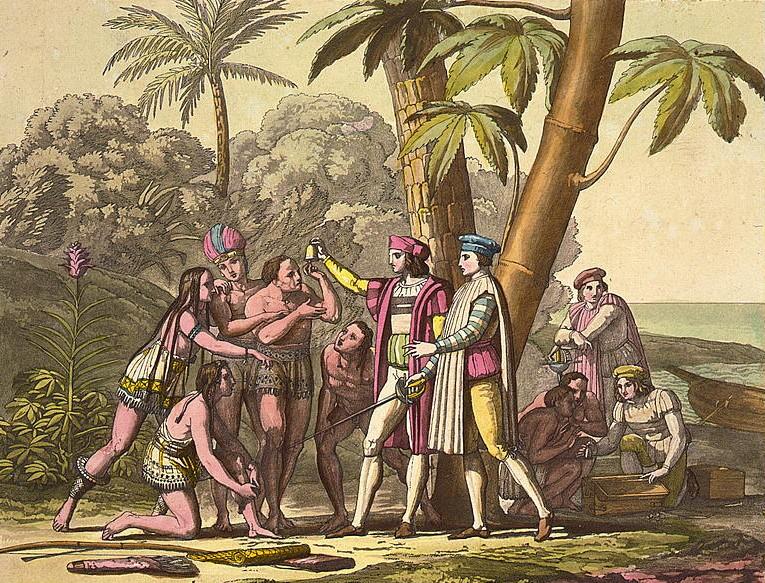
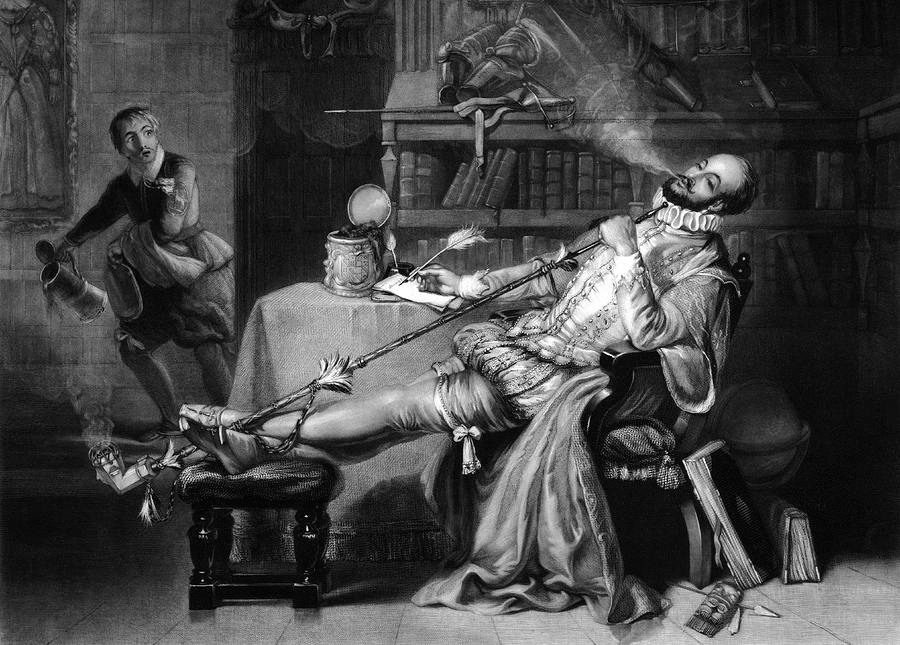
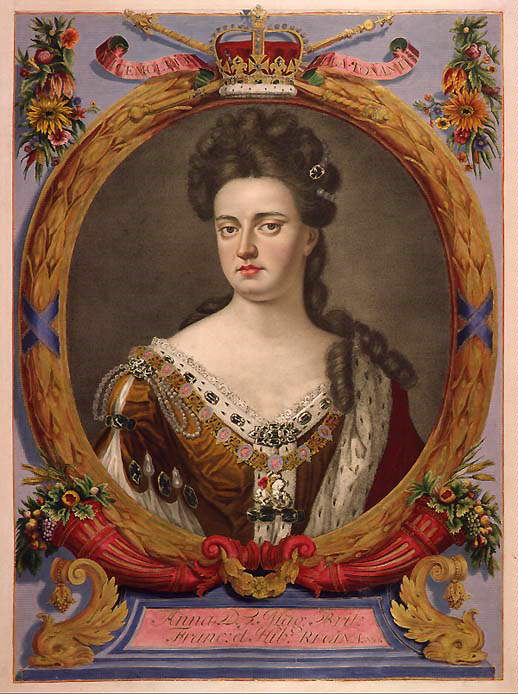
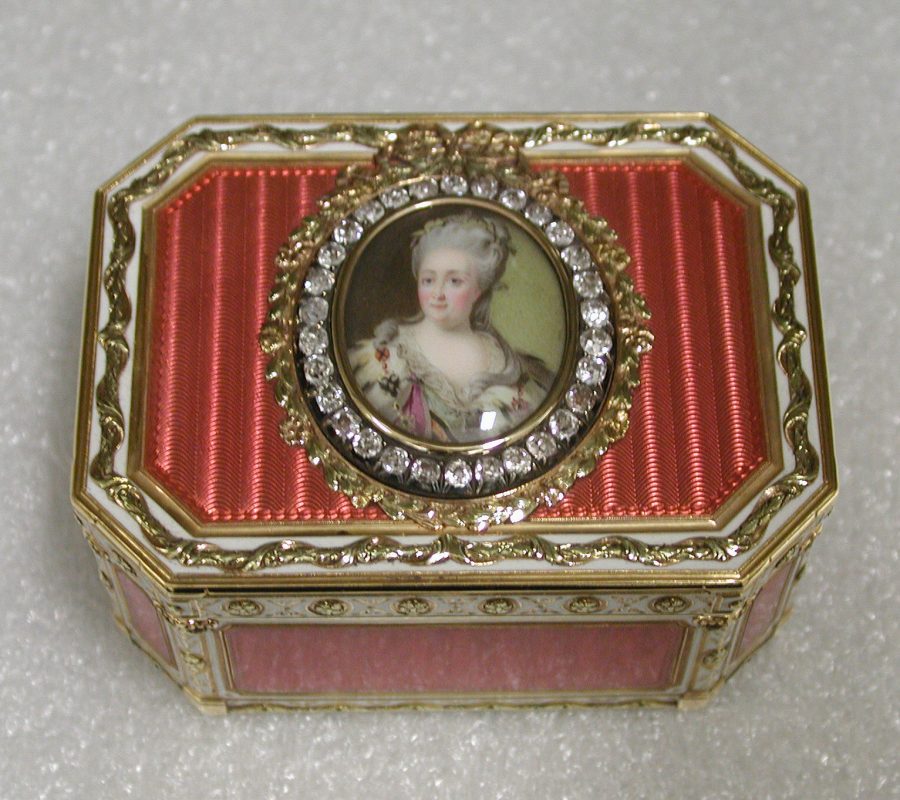
The Royal Connection
Snuff was the province of the aristocrat and the man of fashion, who looked down on the common man and his pipe. It was always particularly popular in court circles. Queen Anne so enjoyed snuff that all her ladies took up the habit. Queen Charlotte, the consort of George III, acquired the name 'snuffy Charlotte' because of her passion for the powder. Her son, George IV, changed his snuff according to the time of day and had a snuff store room in each of his palaces.
Snuff's Rise in Popularity
The man in the street was first introduced to snuff after the capture of a Spanish convoy in 1702. Among the booty was a large consignment of snuff, which was given to the sailors as part of their payment. They distributed it around the ports and coastal towns, where it quickly became popular. Mills were established in London, Bristol, Sheffield and Kendal, and soon snuff shops were sprouting up everywhere, with over 400 in London alone.
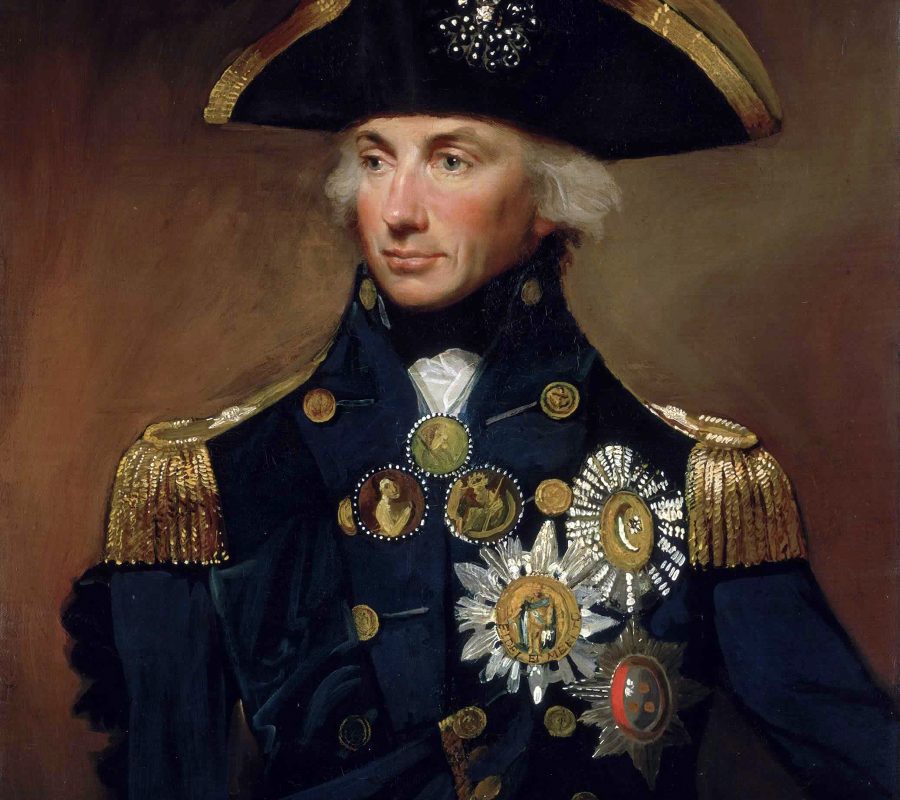
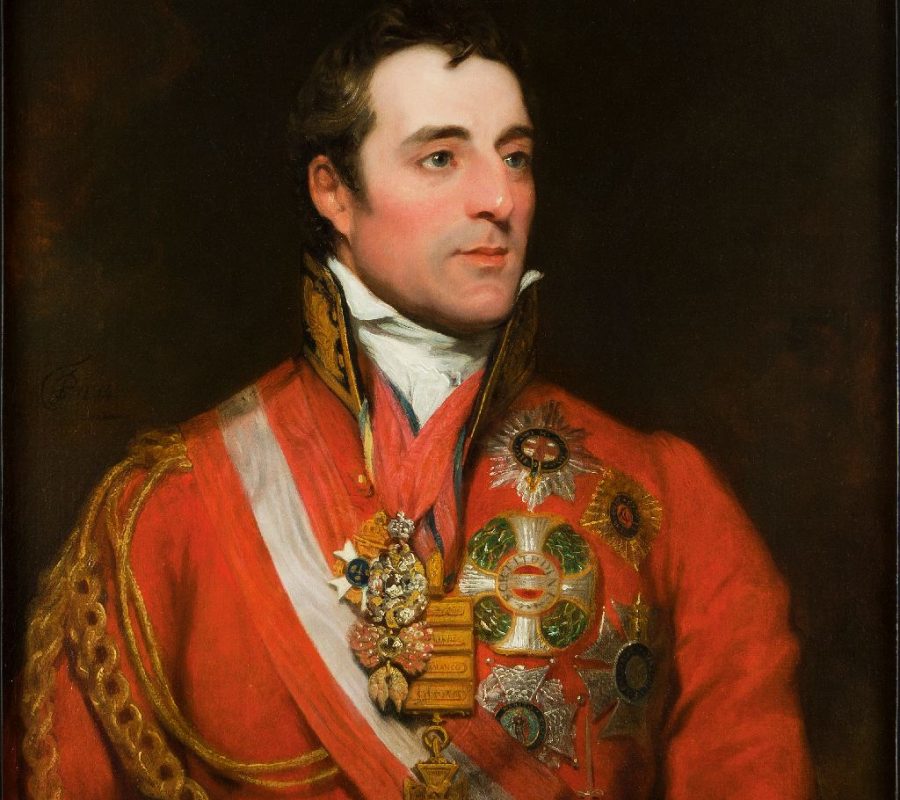
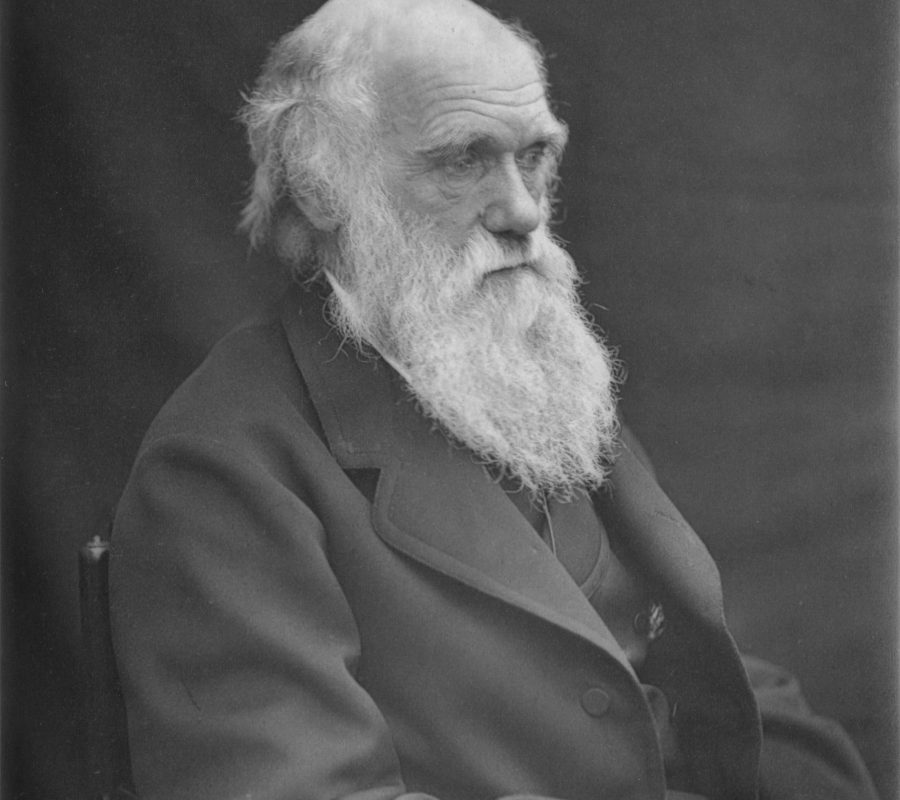
Notable Partakers
Until the 1900s, the volume of snuff produced far exceeded that of tobacco for smoking or chewing. Everyone took it - from poet Alexander Pope to naturalist Charles Darwin, actress Sarah Siddons to the Duke of Wellington. Lord Nelson took large quantities to sea with him, while Napoleon sniffed over seven pounds a month. Physicians made great claims for it, prescribing snuff for headaches, insomnia, toothache, coughs and colds and recommending it as a measure against contagion.
Now, with smoking on the decline, this could be the century where snuff retakes the lead.

